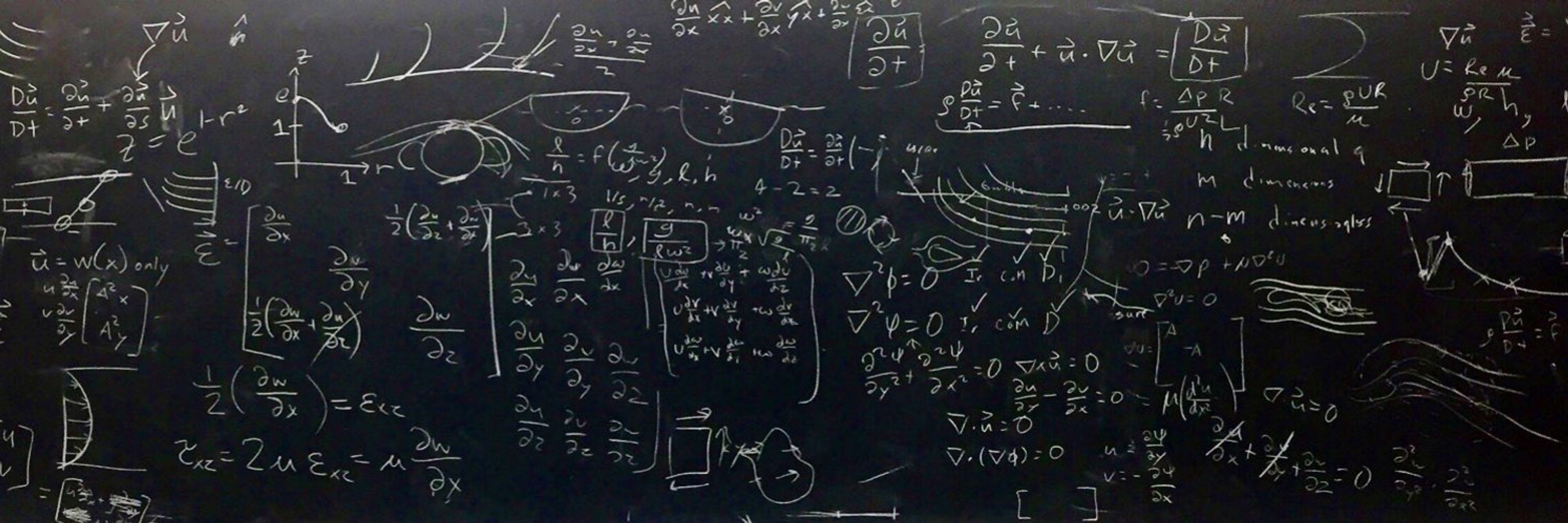
Here's a 2-D simulation of a layer of air (red) below a layer of water (blue) in a closed container. As air is lighter, buoyant forces cause the interface to be unstable, leading to the complex flow shown here as the air eventually rises to the top.
Here's a 2-D simulation of a layer of air (red) below a layer of water (blue) in a closed container. As air is lighter, buoyant forces cause the interface to be unstable, leading to the complex flow shown here as the air eventually rises to the top.
As time goes by, the cylinder rotation begins to affect the flow in the whole tank, and droplets start to drift to the right!
As time goes by, the cylinder rotation begins to affect the flow in the whole tank, and droplets start to drift to the right!
As the fluid near the airfoil flows past it, it becomes deflected downwards by a pair of counter-rotating vortices off its back end.
As the fluid near the airfoil flows past it, it becomes deflected downwards by a pair of counter-rotating vortices off its back end.
A thread:
A thread:
This is "vortex shedding" in 2-D flow past a cylinder; a pair of symmetric counter-rotating vortices develop in the back, which then destabilize to form a long, oscillatory, transient wake. #fluidmechanics
This is "vortex shedding" in 2-D flow past a cylinder; a pair of symmetric counter-rotating vortices develop in the back, which then destabilize to form a long, oscillatory, transient wake. #fluidmechanics
I'm hoping to upload the code for a few of these on GitHub, once I feel it's polished enough for public viewing. Hopefully won't take too long!
I'm hoping to upload the code for a few of these on GitHub, once I feel it's polished enough for public viewing. Hopefully won't take too long!
Matches quite well except when h/r >> 1!
Matches quite well except when h/r >> 1!
This is one of the key issues with irrotational flow!
This is one of the key issues with irrotational flow!
The flow below is creeping flow, where frictional effects dominate. Particles that get close to the sphere slow down drastically due to the no-slip condition.
The flow below is creeping flow, where frictional effects dominate. Particles that get close to the sphere slow down drastically due to the no-slip condition.

